“Île-de-France” might sound like a fancy cheese or a mysterious hidden place to most foreigners, but hold on to your berets, because it’s actually one of the hottest tourist destinations in all of France.
This tantilizing place is home to none other than the City of Love herself, Paris. Indeed it is in the Île-de-France region that you will find the city of Paris with its many dazzling landmarks, snazzy museums, beautiful scenery and of course that little-known iron structure you may have heard of, the Eiffel Tower.
With Paris being one of the most visited cities in the world as well as an economic powerhouse, the Île-de-France is one of the most dynamic regions of France. So let’s explore some top facts about the Parisian region, shall we?
Its name means “Island of France”.
The name Île-de-France translates to “Island of France” which was derived from its historic borders of the rivers Seine, Oise, Marne and Beuvronne which surrounded it like an island.
The name may also come from the Frankish language “Lidle Franke” / “Lilde Franke”, which means “little France”. At the time, the Frankish tribes controlled the north, with the other regions like Provence, Normandy, Brittany, Aquitaine, and Alsace-Lorraine slowly becoming a part of France.
The name “Île-de-France” dates back to the medieval period, with the earliest known recording in 1387. It officially became a region (in line with the other regions of France on on 6 May 1976, when the “District of the Paris Region” was reconstituted into the Île-de-France region.
Key figures
Here are key facts and figures about Ile-de-France:
- Population: 13 million
- Area: 12,012 km2
- President: Elected every 6 years. Current president is Valerie Pecresse whose term ends in 2027.
In terms of size, Ile-de-France contains about 23.7% of the surface of France, but it is where 88.6% of the French population lives.
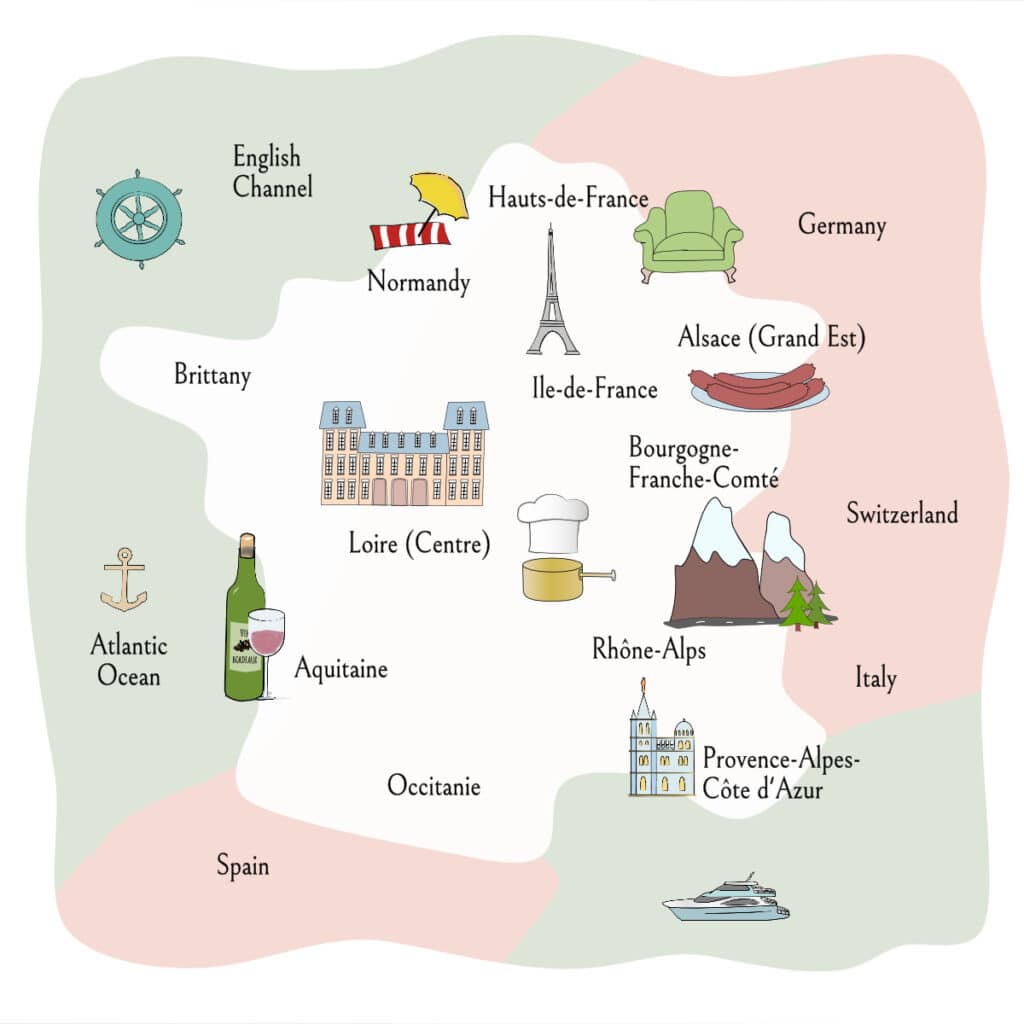
Geography and rivers
The topography of the Île-de-France is largely flat without any large mountainous areas. While the center is quite urban spreading out from Paris, the outskirts are largely rural.
The main rivers in Île-de-France are the Seine and its tributaries known as the Marne, Oise, and Aisne rivers.
The ancient cities like Soissons and Provins on the edge of Ile-de-France were built to protect the road to the centre of the old kingdom.
History: Paris as the capital
Paris is the capital of Ile-de-France, as well as its largest city. It is the economic center of France, with the vast majority of French and international companies having their headquarters or a branch in the area.
With amazing sights like the Louvre Museum, Eiffel Tower and the Musée d’Orsay, Paris is also one of the most popular cities in the world for tourists.
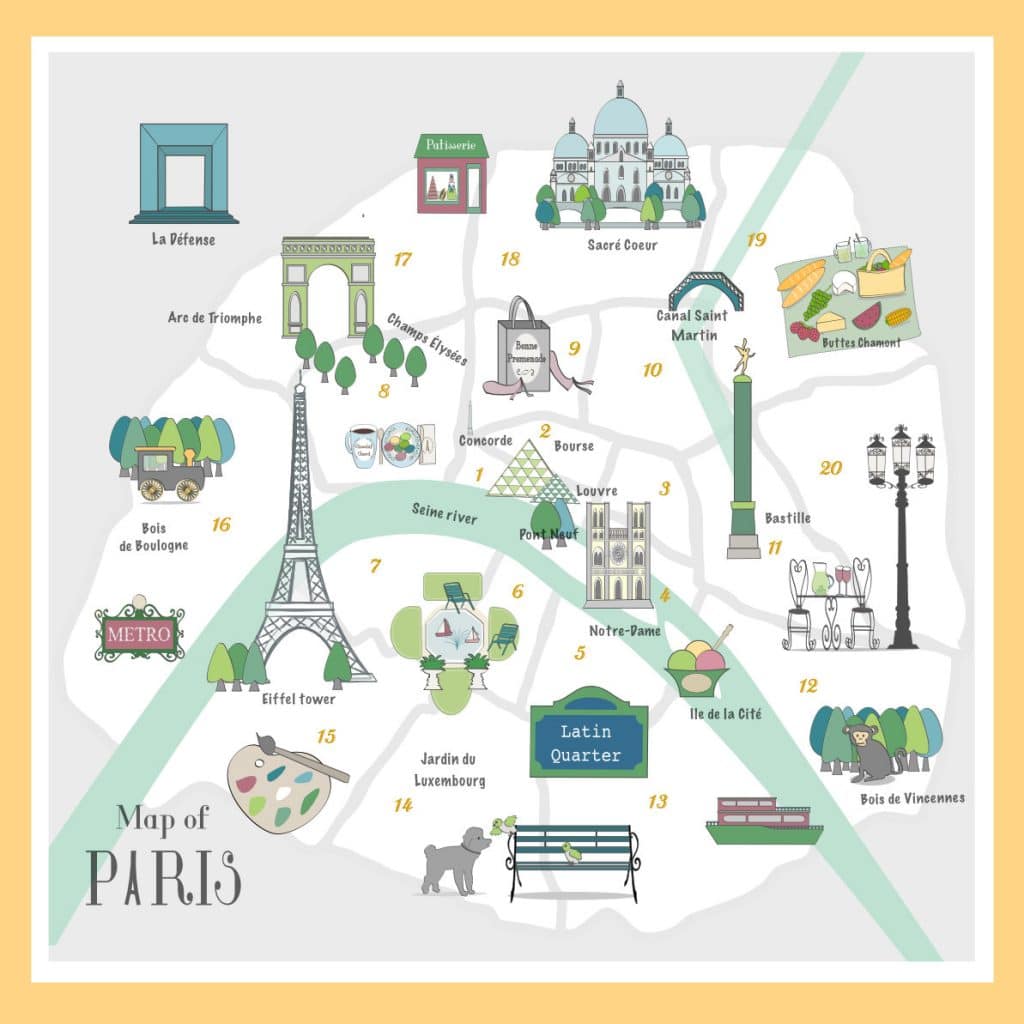
The Palais de la Cité (Conciergerie) on Ile de la Cité is the oldest part of Paris, known as Parisii in Celtic, and later Lutéce under the Romans. From here, settlements gradually grew outwards since then.
The area around Paris was originally known as Francia, after the Frankish tribe that lived there. It is from this tribe that the name of France was derived. You can read more facts about the city and the history of Paris here.
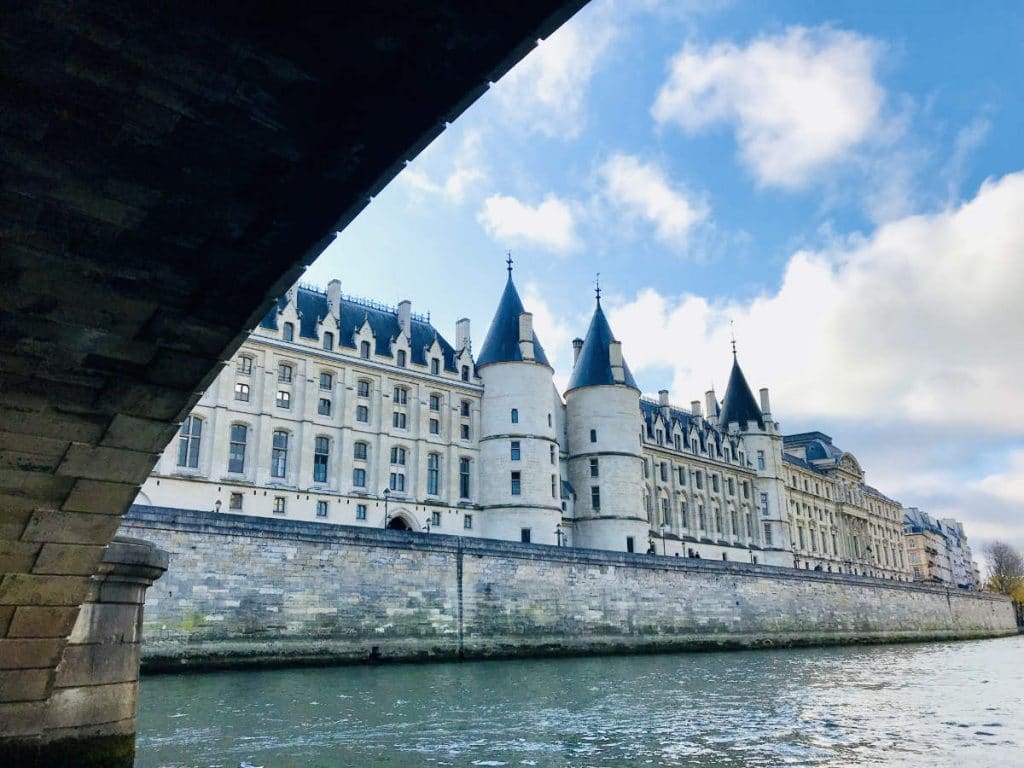
Departments in the region
The Region of Ile-de-France is made up of 8 departments, each with its own governing council and municipal laws. The 8 departments (along with their post-code identification) are as follows:
- Paris (75)
- Seine-et-Marne (77)
- Yvelines (78)
- Essonne (91)
- Hauts-de-Seine (92)
- Seine-Saint-Denis (93)
- Val-de-Marne (94)
- Val-d’Oise (95)
In recent years, there has been a move towards amalgamating Paris and its surrounding departments to form “Grand Paris” within the Ile-de-France region.
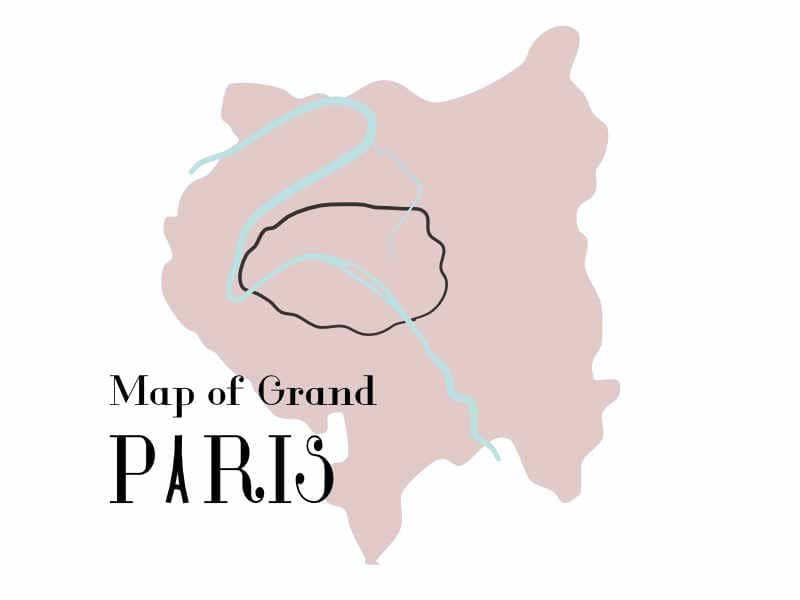
The move will bring together 131 municipalities from Paris, the Hauts-de-Seine, Seine-Saint-Denis and Val-de-Marne, and a small portion of Essonne and Val d’Oise to count nearly 7.2 million inhabitants.
Economy
The Île-de-France region is the economic engine of France, as well as its financial capital. The large La Defense area in the Hauts-de-Seine department is a hub for multinational corporations and is considered the largest business district in Europe, with the highest concentration of offices.

It is home to some of the biggest French and international companies, including Total, BNP Paribas, KPMG, EY, and Société Générale, in addition to many others.
As the Ile-de-France region is relatively small, there is not a lot of farm land here. There is however plenty of industry, with small factories producing everything from cheese to equipment.
Neighboring regions
The Ile-de-France is surrounded by 5 large regions, mainly:
- Hauts-de-France (to the north)
- Grand Est (to the east)
- Bourgogne-Franche-Comté (in the southeast)
- Centre (in the south)
- Normandy (in the northwest)

If you enjoyed that article, you may like to read more facts about France. A bientôt!
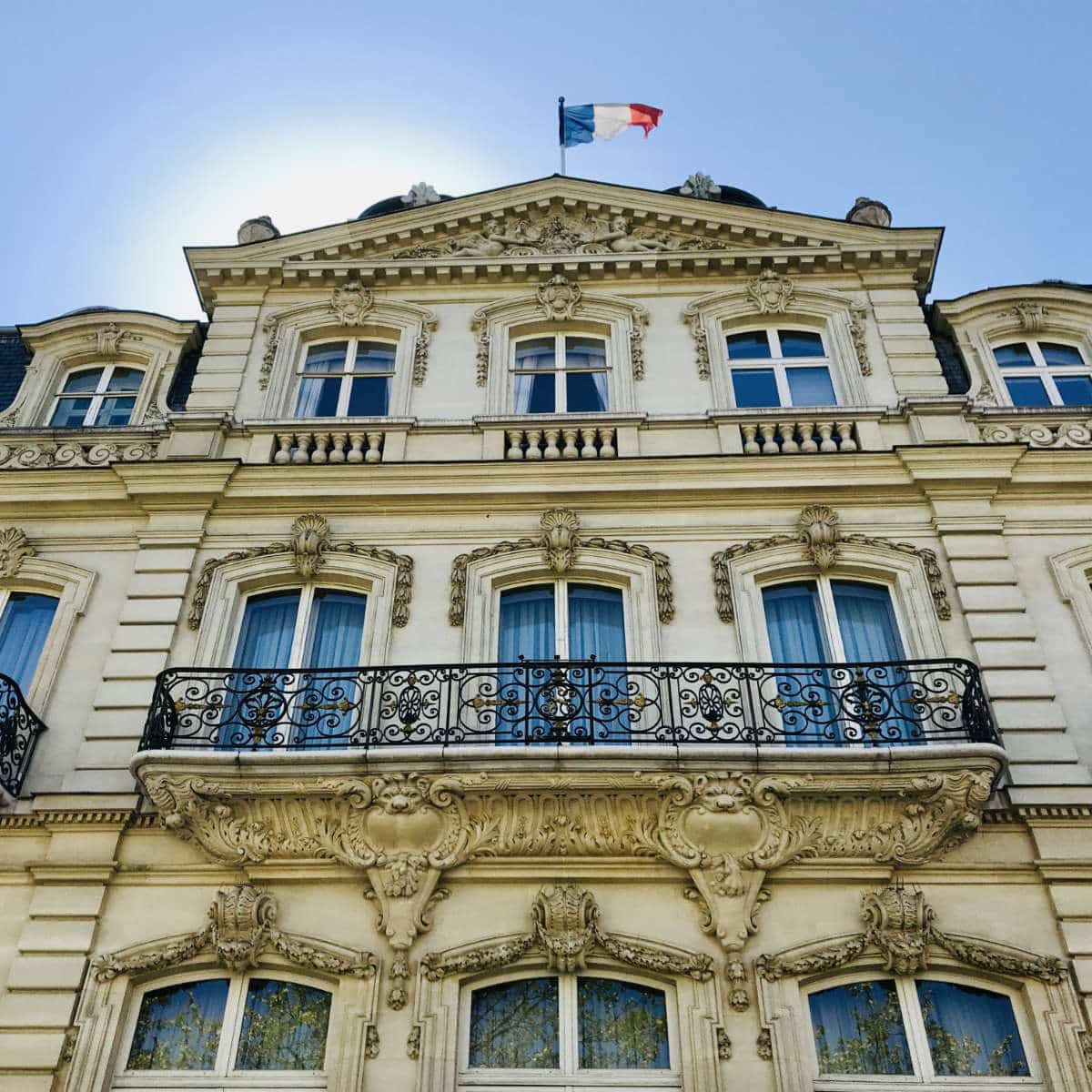


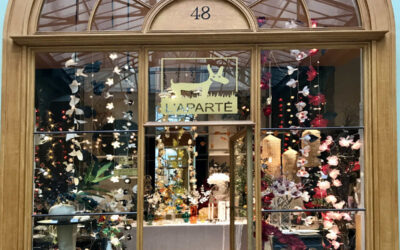
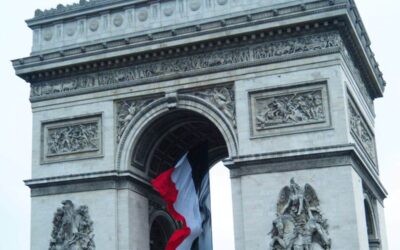
Never realized that there was so much to ile-de-france, we always talk about the departments, but not the region as a whole.